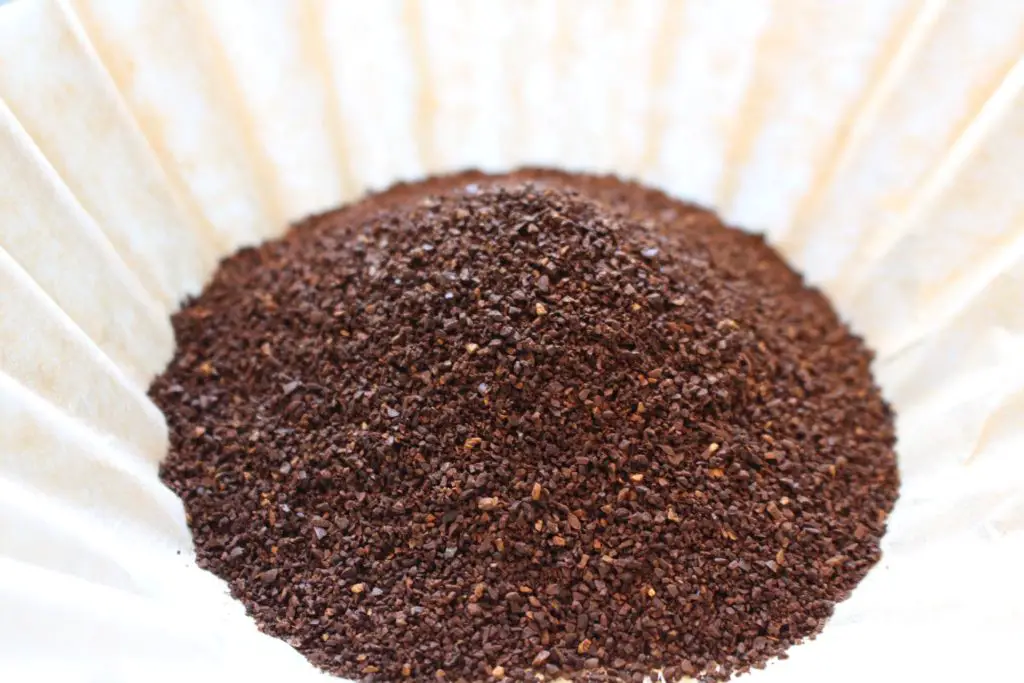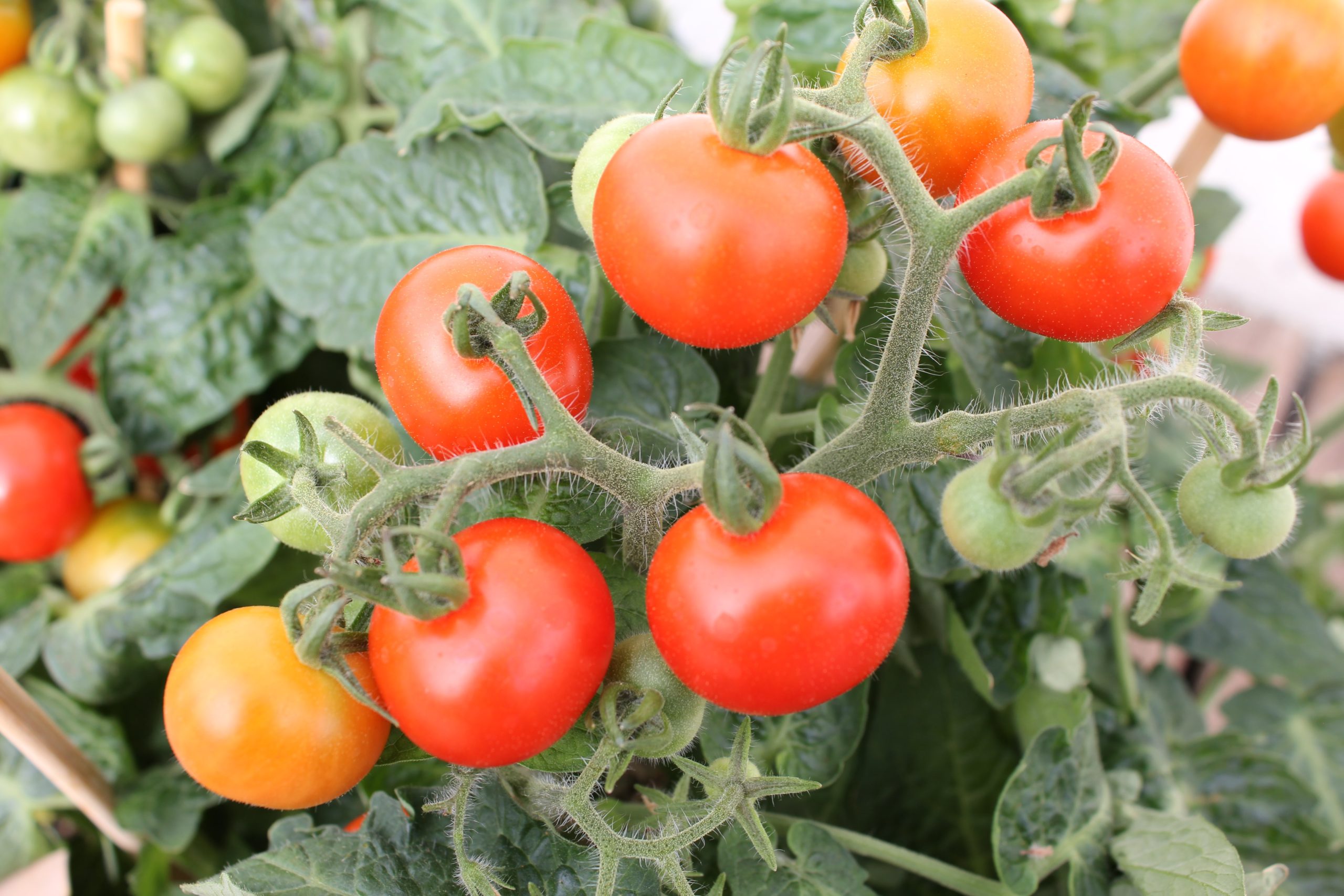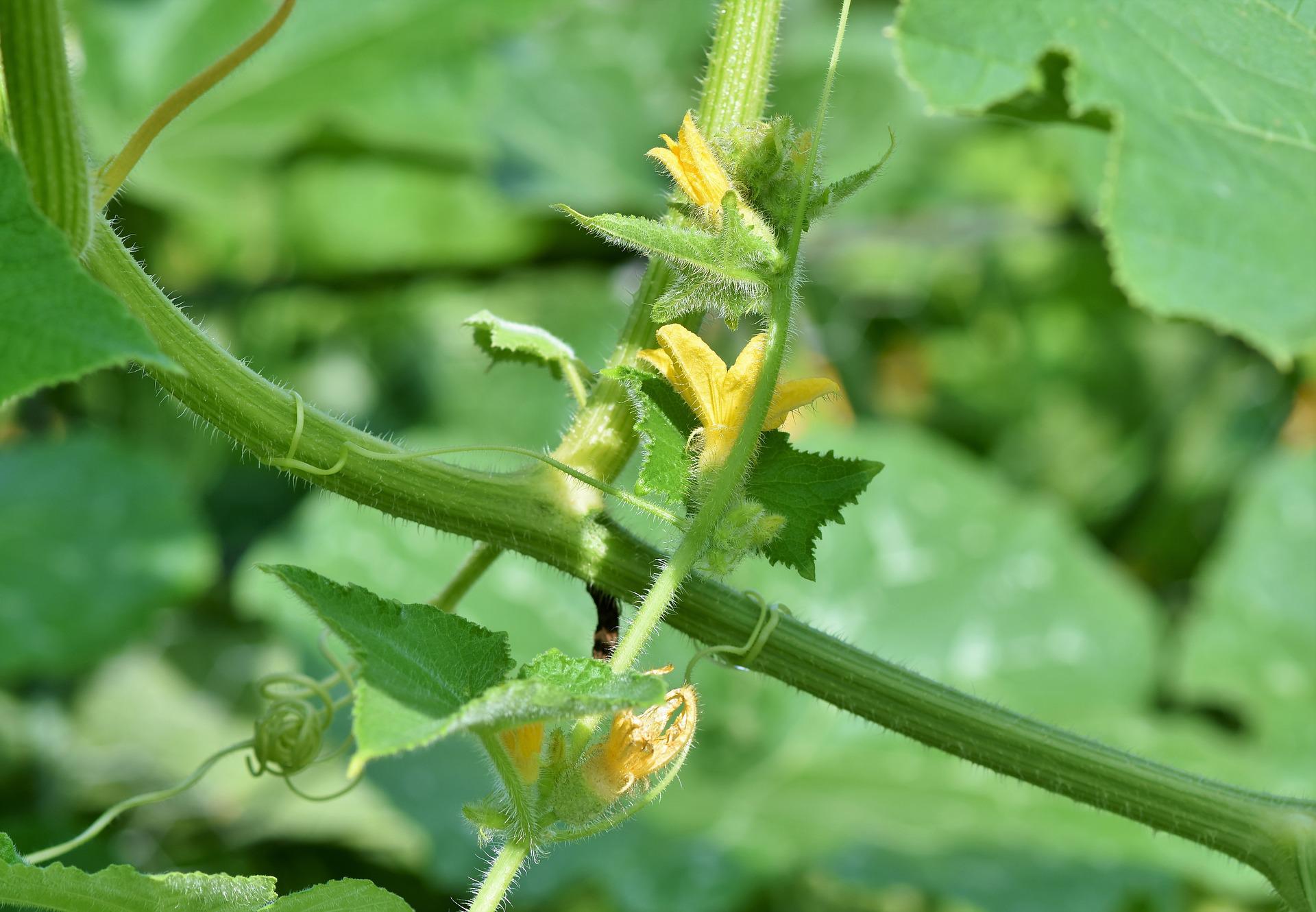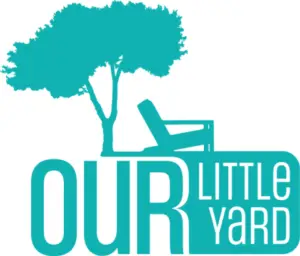At our house, coffee is nicknamed “Vitamin C”. It fuels our morning (and sometimes our afternoon), and we admittedly drink too much, leaving our kitchen compost bucket heaping with coffee grounds on most days. We know that it is pretty valuable for our compost pile, as I’ll explain below, but what about applying it directly on our most prized and delicious tomato plants?
Should I Add Coffee Grounds To My Tomato Plants?
Coffee grounds are high in nitrogen which is a key ingredient in a healthy compost mixture. They also contain potassium and phosphorus which are also nutritious for plants. Coffee grounds are acidic, and certain plants will benefit from them more than others. Tomato plants typically prefer a slightly more acidic soil, so coffee grounds may help you achieve that. Adding coffee grounds to your tomato plants may make their soil a bit more hospitable, but will not likely lead to a huge improvement in their growth. The added nitrogen from the coffee grounds can stimulate growth in your tomato plants, but don’t get your hopes up for a drastic improvement. Many regions in the U.S. have soil that already contains the proper acidic levels to grow tomatoes.

Coffee grounds are high in nitrogen which is a key ingredient in a healthy compost mixture. They also contain potassium and phosphorus which are also nutritious for plants. Coffee grounds are acidic, and certain plants will benefit from them more than others. Tomato plants typically prefer a slightly more acidic soil, so coffee grounds may help you achieve that. Adding coffee grounds to your tomato plants may make their soil a bit more hospitable, but will not likely lead to a huge improvement in their growth. The added nitrogen from the coffee grounds can stimulate growth in your tomato plants, but don’t get your hopes up for a drastic improvement. Many regions in the U.S. have soil that already contains the proper acidic levels to grow tomatoes.
In any case, using coffee grounds on your tomato plants is not likely to harm them or slow their growth, even if your soil is already in the proper acidic range.
How Should I Apply Coffee Grounds To My Tomato Plants?
If you are using used coffee grounds in your compost, you can add them right into the pile, filter and all (the paper filter will decompose and provides a good source of carbon, another essential ingredient in compost). If you only want to use the grounds for tomato plants, you can apply them directly to the soil around the plant. Spread them around and mix them gently into the top few inches of soil. Follow this with some water.
After you’ve applied the coffee grounds, you can add an additional layer of mulch to help the soil around your plants retain moisture. This will be particularly helpful on dry, summer days.
How Often Should I Add Coffee Grounds To My Tomato Plants?
As with any fertilizer, you could mix some coffee grounds into the soil when you transplant your young tomato plants into their permanent home. After that, you could add coffee grounds to your soil a couple of times per week. To do this, you will want to mix about 1 cup of coffee grounds into the top layer of soil. You can use your hands or a small gardening tool. Spreading the grounds into the soil, rather than just dumping them in a pile, aids in the decomposition and absorption of nutrients in the soil.
Once your plants have a large portion of fruit, you can stop fertilizing, as it will yield little benefit to your harvest at this point.
What Other Plants Could Benefit From Coffee Grounds?
There are many other plants that like acidic soil even more than tomatoes. You may find that you have other plants in your garden or yard that need your coffee grounds even more. Other acid-loving plants include azaleas, rhododendrons, hydrangeas, and daffodils. There are also several garden vegetables that prefer acidic soil, such as squash, carrots, celery, cucumbers, peppers, and garlic.
How Can I Test the pH Of My Soil?
The best way to know for sure how coffee may impact your soil’s nutrients is to test the pH of your soil. Most areas in the U.S. with consistent rainfalls have acidic soils, including most of the eastern U.S. and the Pacific Northwest. Dryer states in the western U.S. have more alkaline soils. For this reason, tomato growers in these states may benefit more from coffee grounds to achieve the optimal level of acidic soil for tomato plants.
To test the pH of your soil, you can use traditional pH test strips. Strange as it may sound, we happened to have these at my house as a part of a “young scientist” kit that my kids play with. To properly test your soil with strips, you will want to collect a sample by digging at least 4 inches below the surface. Add water to the collected sample until it has a thick and muddy consistency. Dip and evaluate the test strip as directed on the package.
The ideal pH for tomato plants is between 6.2 and 6.8, which is slightly acidic.
How Do I Know If My Tomato Plants Are Healthy?
- Some obvious signs of a healthy tomato plant are healthy and strong leaves. Leaves should be green and covered with a soft fuzz. If leaves are pale or yellowing, your plants may have a nutrient deficiency and may need fertilizer.
- Your tomato plants will require 6 to 8 hours of direct sunlight each day. They also need consistent watering, and in dry summer months, may occasionally need a deep watering session.
- Another sign of healthy tomato plants is flowering. The small flowers eventually turn into fruit, so it’s a great predictor of the fruit that your plant will yield. Flowers should start to appear when the plant is about a foot and a half in height. They will soon turn into small green tomatoes.


